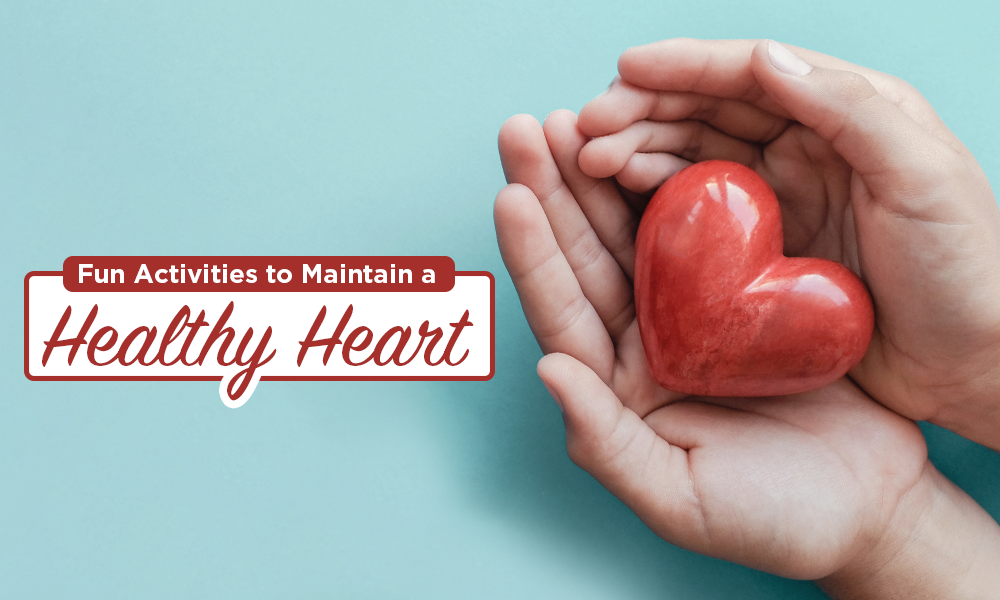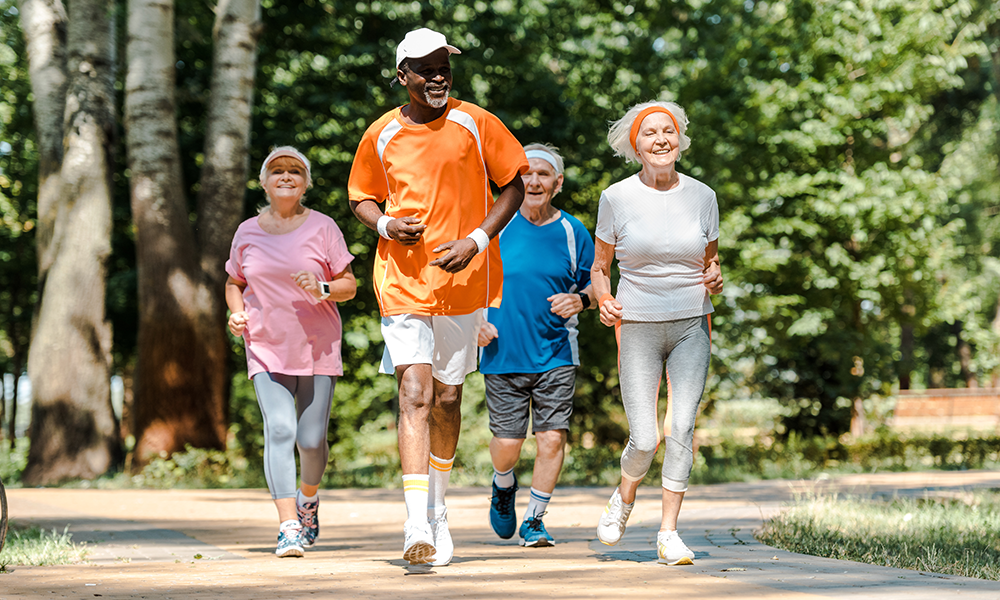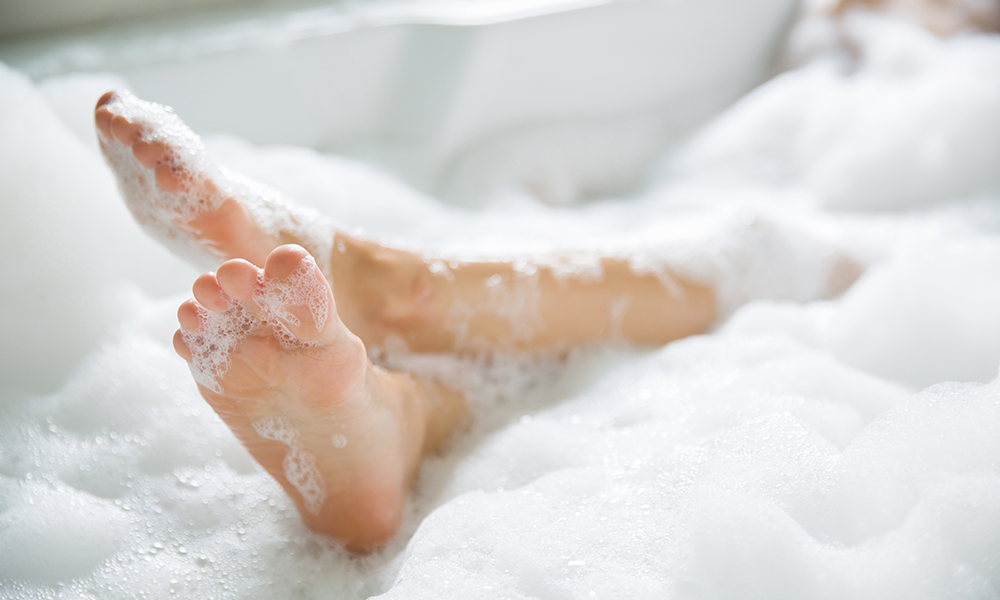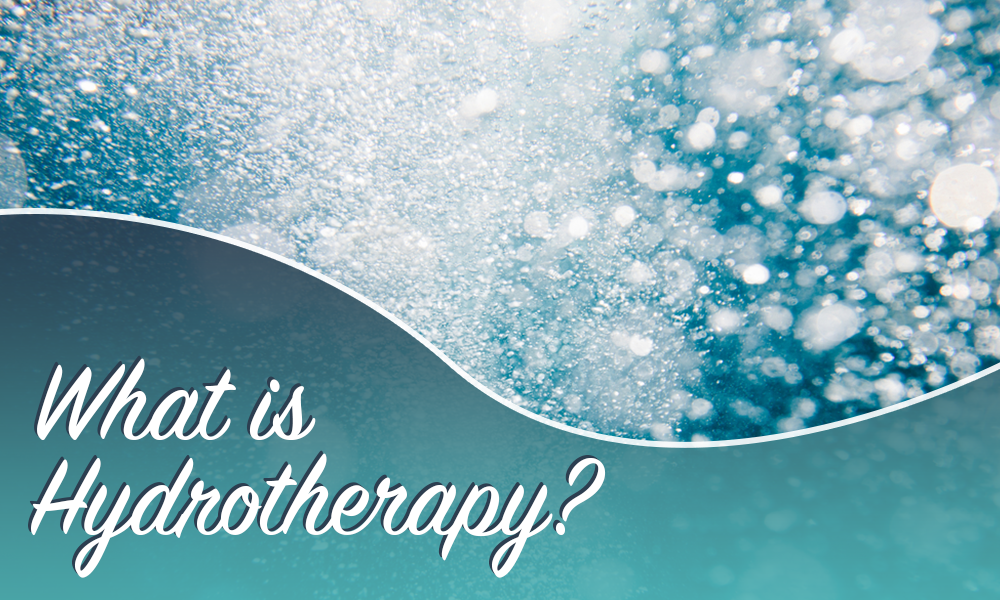If you have aches and pains throughout your body and nothing has been helpful in relieving the pain, it might be beneficial to turn toward hydrotherapy. Whether you’re experiencing fibromyalgia syndrome (FMS) or another form of body pain, low-impact exercise might be helpful.
Learn more about the history and definition of hydrotherapy, understand exactly what fibromyalgia is, and get to know the connection between an ancient bath and common body aches.
What is Hydrotherapy?
Hydrotherapy is a form of therapy using hot and cold water-massage to relieve external and internal body pain. A hydrotherapy pain relief massage uses different temperatures and pressures of water to help sooth specific symptoms such sore muscles, joint stiffness, common colds, headaches, and much more. Even though hydrotherapy can be practiced in many different forms, hydrotherapy benefits are often delivered through underwater jet massages, such as those found in hot tubs and walk-in tubs.
Experts date hydrotherapy benefits back to the times of Ancient Greece when Hippocrates began using this unique treatment as a form of relaxation to rid the body of the common aches and pains. In addition to Ancient Greece, hydrotherapy can also be traced back to Ancient Chinese, Roman, and Egyptian times. Over time, hydrotherapy began to grow in popularity and was used for its therapeutic benefits, rather than just to aid in relaxation. Finally, hydrotherapy made its way to North America in the 1840s. Today, hydrotherapy comes in many forms and has many health benefits.
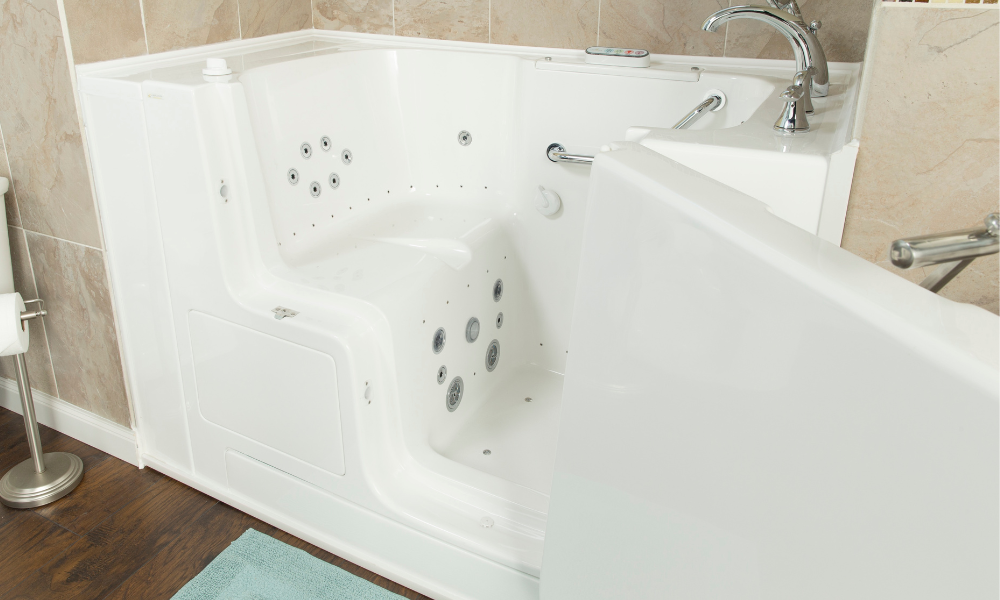
In the early nineteenth century, a prophet known as Sebastian Kneipp created what is now known as the Kneipp therapy. Kneipp’s hydrotherapy philosophy involves water, herbs, exercise, nutrition, and healthy lifestyle habits. Not only is the therapy used to maintain general health, but it’s also used as a rehabilitation to help the body get back to par after an illness or injury. Sebastian Kneipp was just the beginning of the hydrotherapy phenomenon.
What is Fibromyalgia?
According to WebMD, fibromyalgia syndrome (FMS) is the second most common condition affecting your bones and muscles, however it is often misdiagnosed and misunderstood. Symptoms include widespread muscle pain, joint pain, and fatigue with no known cure. In addition, individuals may experience tenderness of trigger points which can lead to a constant dull ache throughout the body.
Some other fibromyalgia symptoms can include:
- body fatigue
- restlessness or problems sleeping
- headaches
- depression and/or anxiety
- trouble focusing
- pain in the lower abdomen
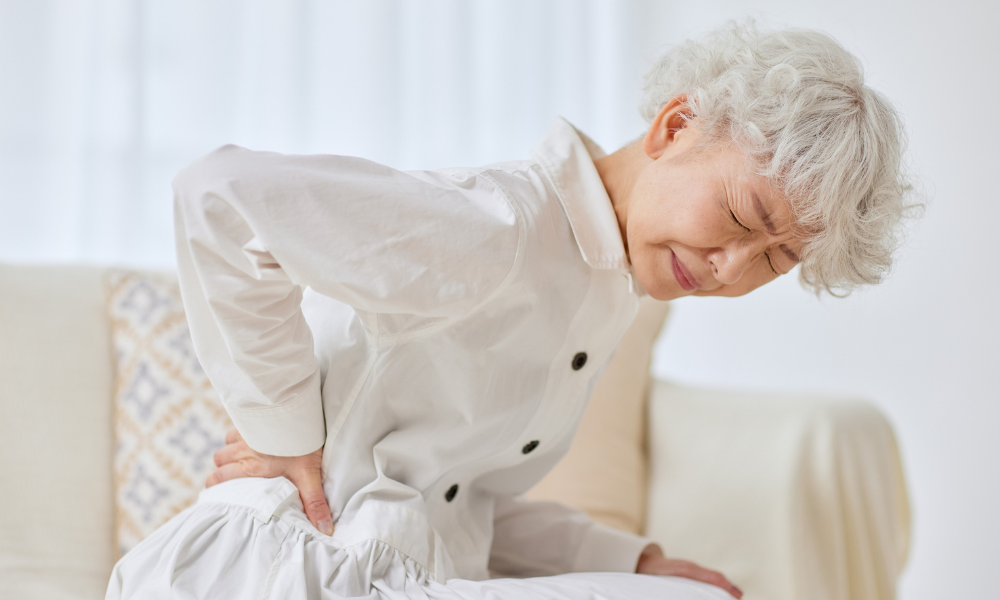
Since there is no known cure for fibromyalgia, hydrotherapy has been used as a treatment to help relieve pain.
The Connection Between Hydrotherapy and Fibromyalgia
The health benefits of water should never be underestimated. Hydrotherapy benefits help reduce, soothe, and relieve the body of tough aches, making it a logical next step to help patients experiencing fibromyalgia. Not all treatments will be the same, but some FMS patients have experienced relief.
According to a review conducted in 2008 by Rheumatology International, the study outcome concluded that “there is strong evidence to support the use of hydrotherapy in the management of fibromyalgia (FMS).” The majority of patients in the study were women who were qualified as having FMS and at the end of the study the majority of the subjected experienced an overall improvement in pain management, sleep quality, body aches, and overall life.
In addition, hydrotherapy serves as a complement to regular exercise, which can be beneficial for those suffering from FMS. Exercise on its own may work for many patients, but a relaxing bath will aid in muscle recovery and the many health benefits of exercise.
According to a report written in the Australian Journal of Physiotherapy, women with fibromyalgia were recruited for a randomized control trial study to determine whether a hydrotherapy exercise program produced improvements in pain associated with fibromyalgia. They found that participants after a 12-week hydrotherapy training program, knee strength, quality of life, and pain reduction improved significantly more than in the control group.
If you are experiencing fibromyalgia syndrome (FMS), talk to your doctor about hydrotherapy and the benefits that it may provide.
Learn more about what our features and products can do for you and get your very own hydrotherapy tub today.
Contact Us in Canada at 1-844-867-7737
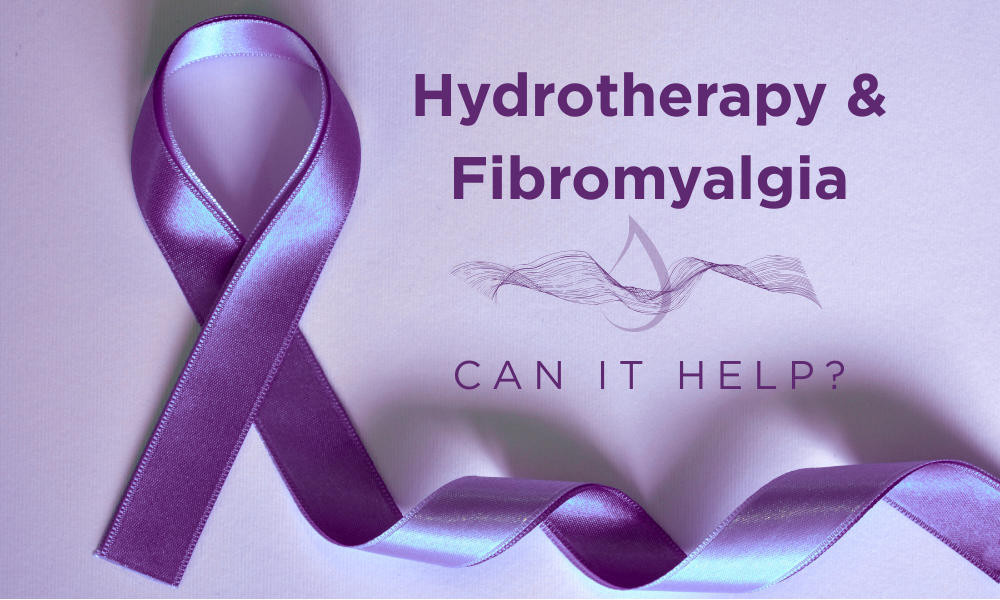



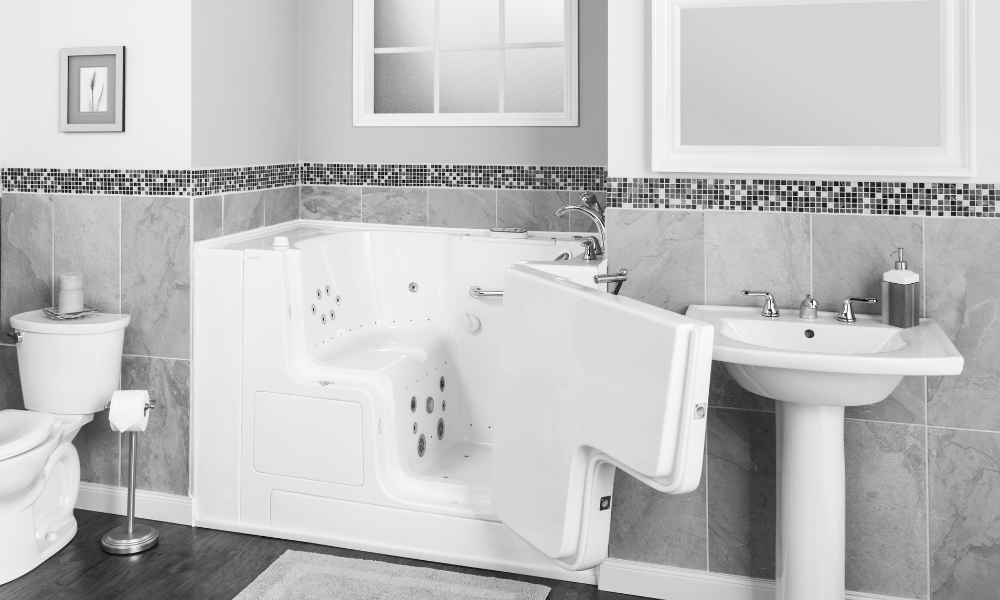


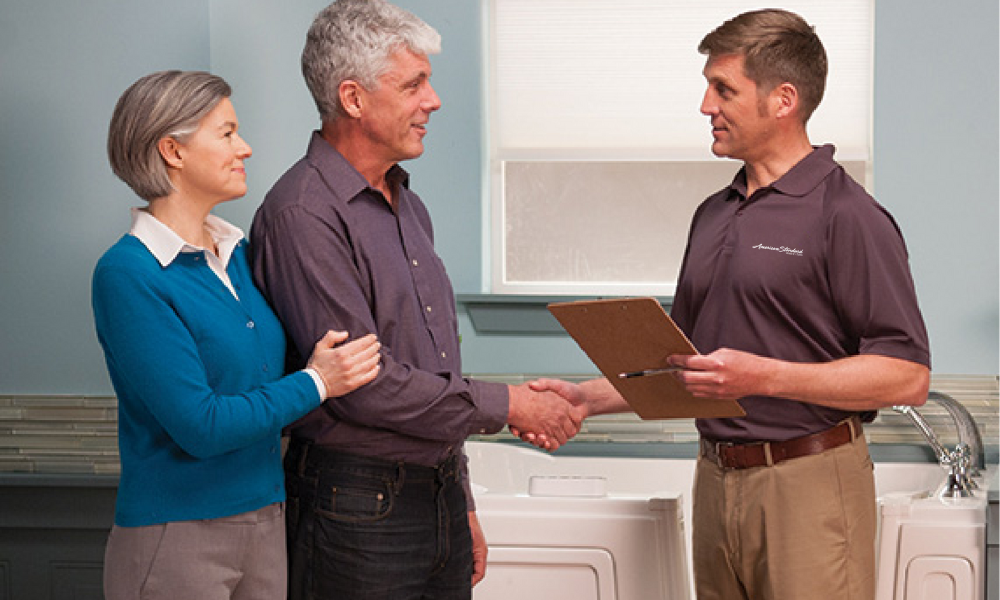


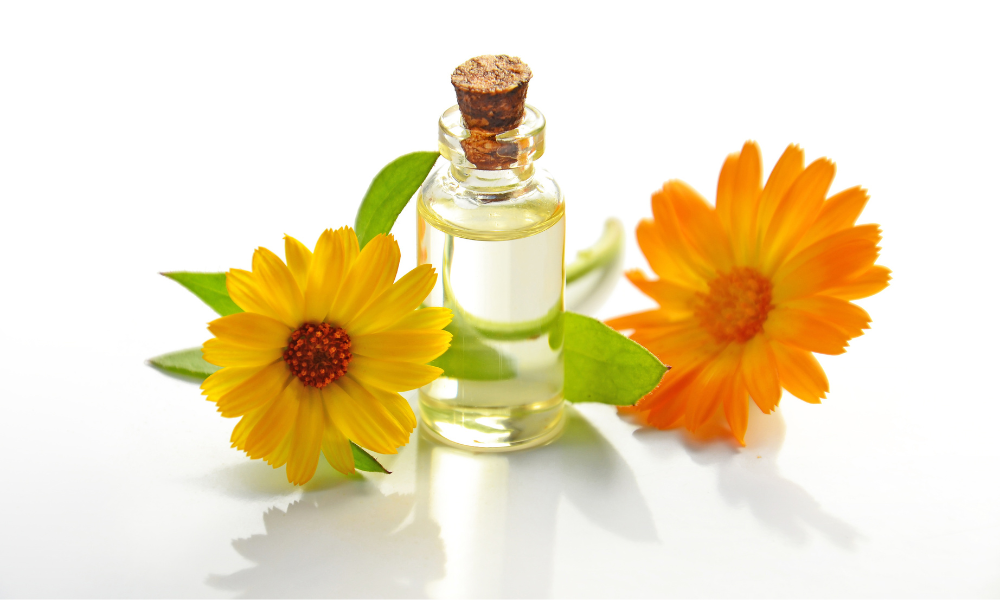
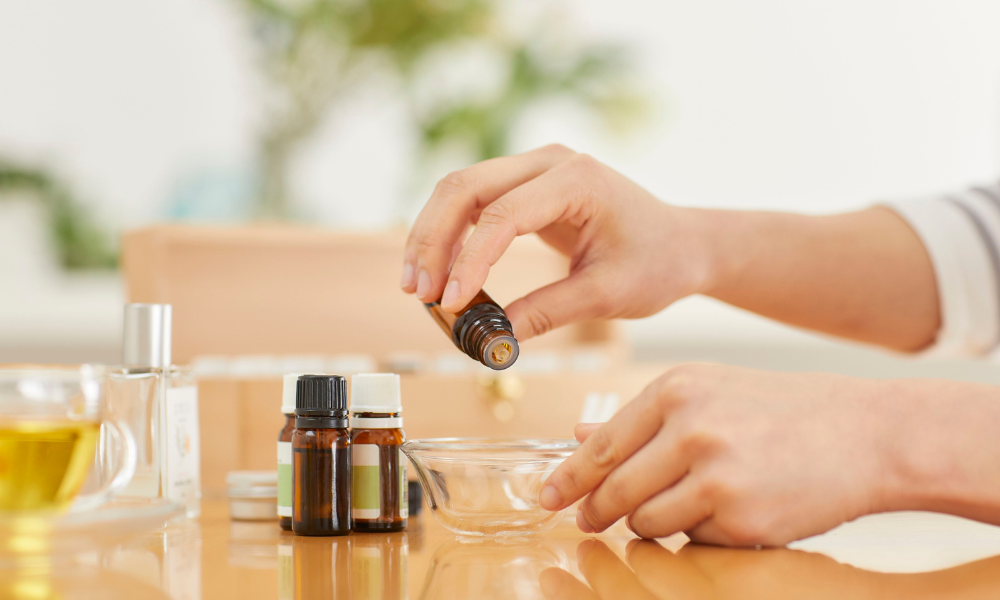
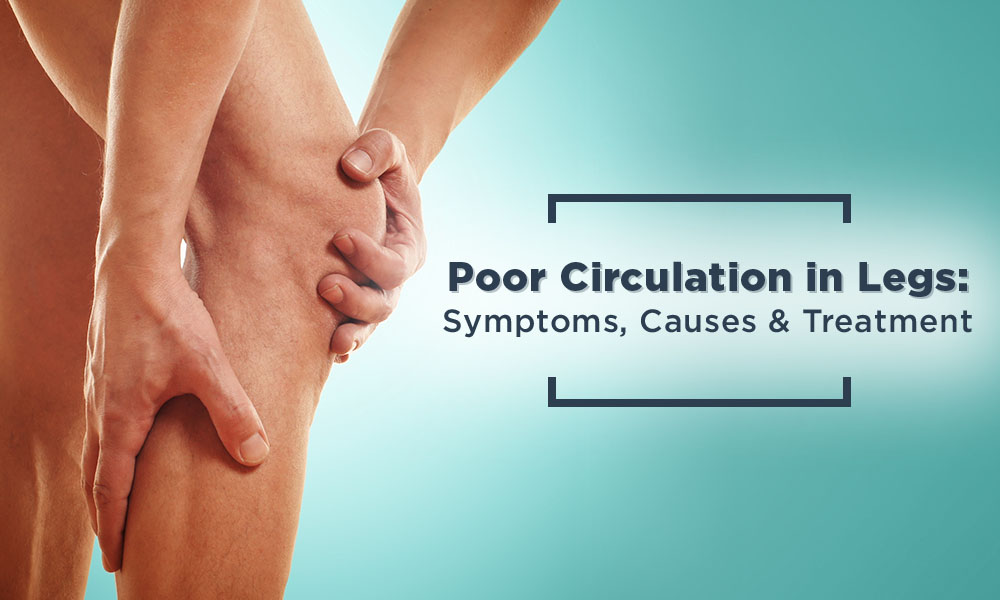
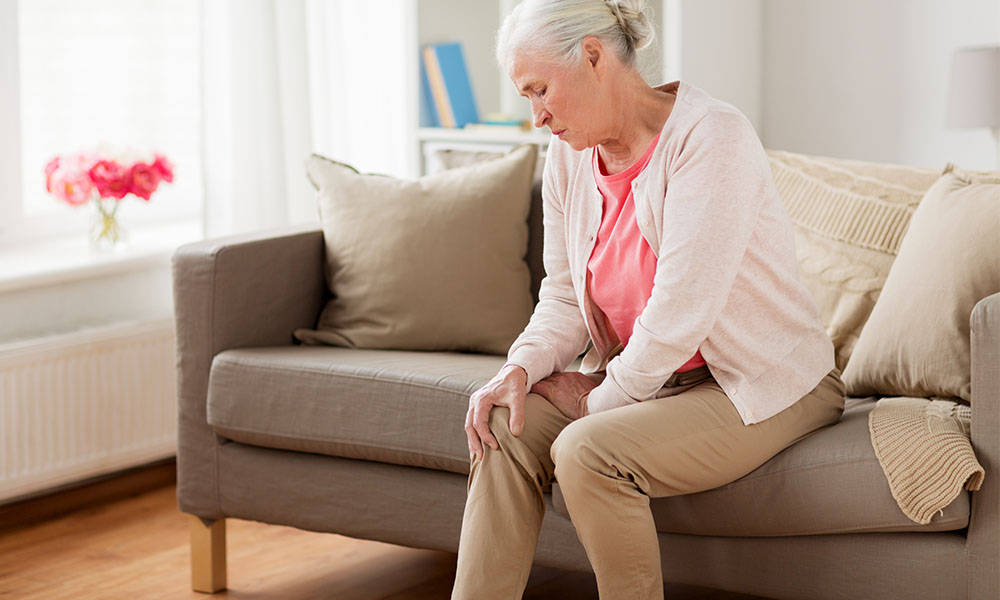 What Causes Poor Circulation in the Legs?
What Causes Poor Circulation in the Legs?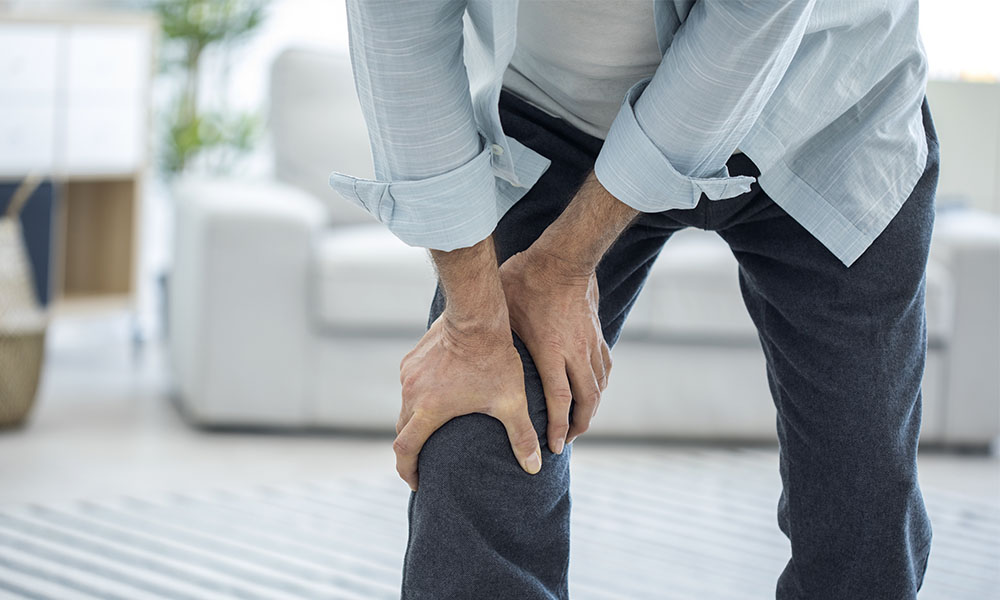 What are the Treatments for Poor Leg Circulation?
What are the Treatments for Poor Leg Circulation?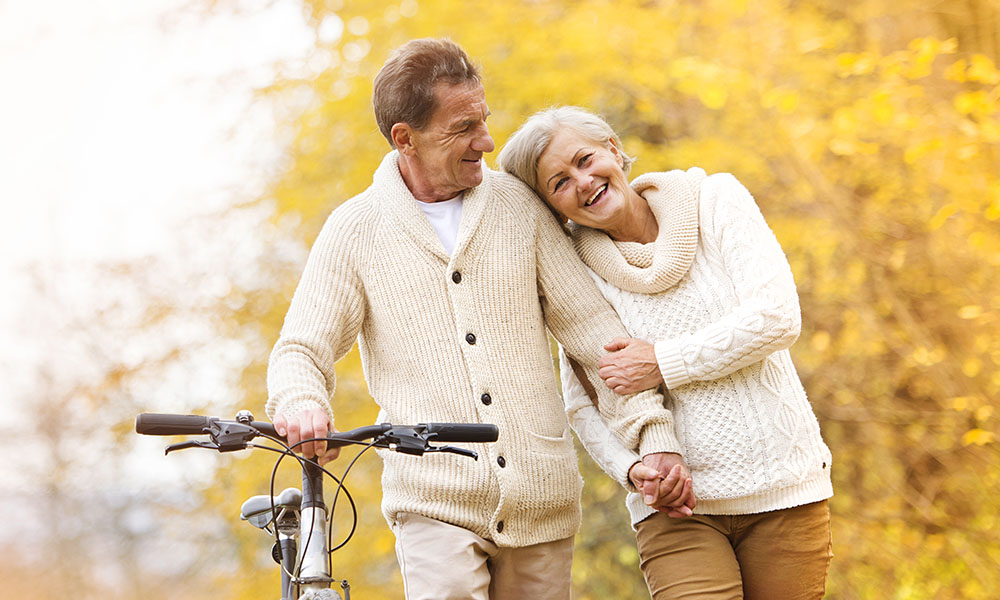 Eat Healthier
Eat Healthier